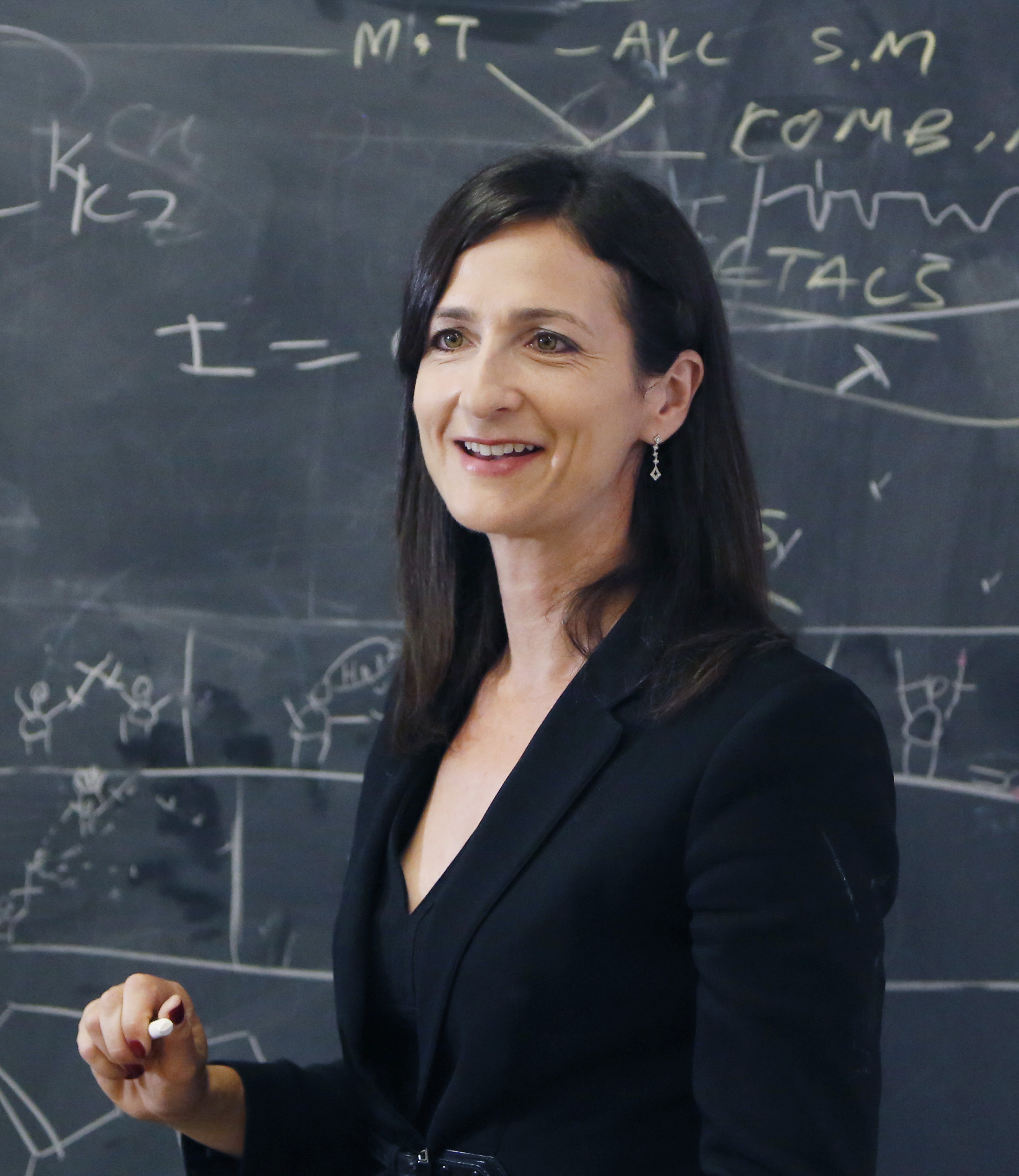
Professor Sara Seager is a planetary scientist and astrophysicist. She has been a pioneer in the vast and unknown world of exoplanets, planets that orbit stars other than the sun. Her ground-breaking research ranges from the detection of exoplanet atmospheres to innovative theories about life on other worlds to development of novel space mission concepts. Now, dubbed an "astronomical Indiana Jones", she on a quest after the field's holy grail, the discovery of a true Earth twin. Dr. Seager earned her PhD from Harvard University and is now the Class of 1941 Professor of Planetary Science and Professor of Physics at the Massachusetts Institute of Technology. Professor Seager is a 2013 MacArthur Fellow and was named in Time Magazine's 25 Most Influential in Space in 2012.
Seager was born in Toronto, Canada. She earned the degree of Bachelor of Science in Mathematics and Physics from the University of Toronto in 1994 assisted by a NSERC University Undergraduate Student Research Award and a Ph.D. in astronomy from Harvard University in 1999. Her doctoral thesis developed theoretical models of atmospheres on extrasolar planets.[9] She held a post-doctoral research fellow position at the Institute for Advanced Study between 1999 and 2002 and a senior research staff member at the Carnegie Institution of Washington until 2006. She joined the Massachusetts Institute of Technology in January 2007 as an associate professor in both physics and planetary science, was granted tenure in July 2007,[10] and was elevated to full professor in July 2010
Before joining MIT in 2007, Professor Seager spent four years on the senior research staff at the Carnegie Institution of Washington preceded by three years at the Institute for Advanced Study in Princeton, NJ. Professor Seager is on the advisory board for Planetary Resources. Seager was elected to the National Academy of Sciences in 2015, is a 2013 MacArthur Fellow, the 2012 recipient of the Raymond and Beverly Sackler Prize in the Physical Sciences, and the 2007 recipient of the American Astronomical Society's Helen B. Warner Prize. She has been recognized in the media, most recently in Time Magazine's 25 Most Influential in Space in 2012.
No comments:
Post a Comment